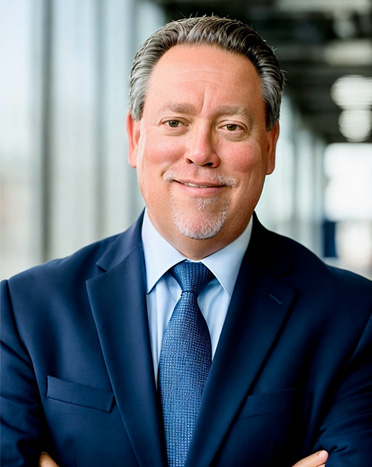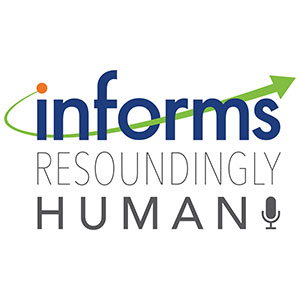
Analytics expert says portal hurting some major programs
A University of Illinois professor who runs an analytics website thinks the transfer portal has hurt some power conference schools in the NCAA Tournament.

A University of Illinois professor who runs an analytics website thinks the transfer portal has hurt some power conference schools in the NCAA Tournament.

An astonishing 1,768 men’s college basketball players entered the transfer portal in November, the majority of whom were on Division I teams. With such a turnover of players, coaches are forced to revamp their rosters annually, integrating existing players, incoming transfers and freshmen into their system. The idea of four-year players has been turned on its head.

The commercial relationships between retailers and their suppliers that shifted under the strains of the Covid-19 pandemic are transforming again as companies cope with continuing changes in consumer spending and high costs across their supply chains.

When Rihanna paused midway through her Super Bowl halftime performance to wipe the shine from her face with Fenty Beauty blotting powder, it was her flair for business, not her voice, that was momentarily on bold display. That three-second touch up, coupled with the bright lip she sported (Fenty's new Icon Velvet Liquid Lipstick in "MVP" red) and the outfits worn by her backup dancers (from her Savage X Fenty lingerie line, of course), garnered the Fenty brand a cool $7.8 million in the first 12 hours after the game, according to Launchmetrics, which measures the monetary value of media marketing strategies.

Private sector, voluntary guidelines on the ethical use of generative AI are emerging, yet no US government body regulates the technology currently.

Jeff Cohen
Chief Strategy Officer
INFORMS
Catonsville, MD
[email protected]
443-757-3565
An audio journey of how data and analytics save lives, save money and solve problems.


With seemingly no limit to the demand for artificial intelligence, everyone in the energy, AI, and climate fields is justifiably worried. Will there be enough clean electricity to power AI and enough water to cool the data centers that support this technology? These are important questions with serious implications for communities, the economy, and the environment.

It’s college graduation season, which means over 4 million seniors will graduate in the next few weeks, flooding the job market with new candidates. One area that has shown high potential for the right candidates is artificial intelligence and machine learning. Both disciplines are part of the larger data and analytics career path.

Drugs being explicitly developed to treat rare diseases are getting more expensive.

Robert F. Kennedy Jr., as the new secretary of Health and Human Services, is the nation’s de facto healthcare czar. He will have influence over numerous highly visible agencies, including the Centers for Disease Control and Prevention, the National Institutes of Health and the Food and Drug Administration, among others. Given that healthcare is something that touches everyone’s life, his footprint of influence will be expansive.

The recent US-China agreement to temporarily reduce tariffs is a major step for global trade, with tariffs on US goods entering China dropping from 125% to 10% and on Chinese goods entering the US decreasing from 145% to 30% starting May 14. While this has boosted markets and created optimism, key industries like autos and steel remain affected, leaving businesses waiting for clearer long-term trade policies.

With sweeping new tariffs on Chinese-made products set to take effect this summer, Americans are being urged to prepare for price hikes on everyday goods. President Donald Trump's reinstated trade policies are expected to affect a wide swath of consumer imports, including electronics, furniture, appliances, and baby gear. Retail experts are advising shoppers to act before the tariffs hit and prices rise.

Twenty years ago, few people would have been able to imagine the energy landscape of today. In 2005, US oil production, after a long decline, had fallen to its lowest levels in decades, and few experts thought that would change.

In the case of upgrading electrical and broadband infrastructure, new analysis from the University of Massachusetts Amherst reveals {that a} “dig once” strategy is almost 40% more economical than changing them individually.